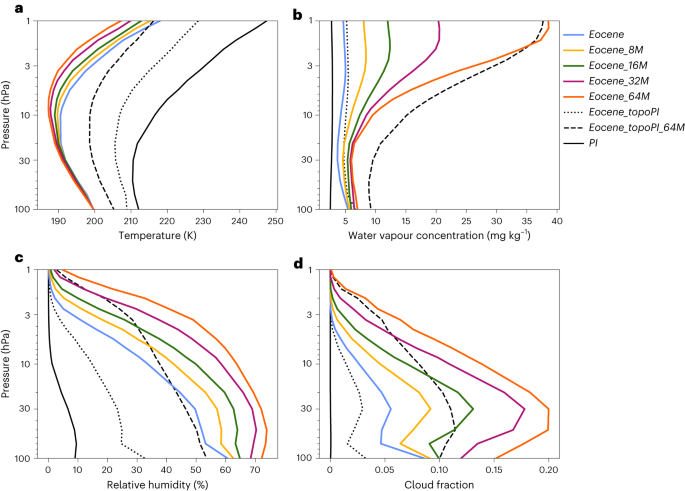2023-11-07 プリンストン大学
◆プリンストン大学の研究によれば、アンモニア経済は潜在的な環境影響を最小限に抑えるために積極的なエンジニアリングが必要であり、政策と規制戦略も検討すべきです。アンモニアは水素の長距離輸送や貯蔵に適しており、エネルギー分野において有望ですが、適切な管理が必要であり、潜在的なリスクを適切に取り扱うべきです。
<関連情報>
- https://engineering.princeton.edu/news/2023/11/07/ammonia-fuel-offers-great-benefits-demands-careful-action
- https://www.pnas.org/doi/10.1073/pnas.2311728120
アンモニア経済が窒素循環と気候に与える影響の最小化 Minimizing the impacts of the ammonia economy on the nitrogen cycle and climate
Matteo B. Bertagni , Robert H. Socolow, John Mark P. Martirez, Emily A. Carter , Chris Greig , Yiguang Ju, Tim Lieuwen, Michael E. Mueller , Sankaran Sundaresan , Rui Wang, Mark A. Zondlo, and Amilcare Porporato
Proceedings of the National Academy of Sciences Published:November 6, 2023
DOI:https://doi.org/10.1073/pnas.2311728120

Significance
The global transition to low-carbon energy necessitates exploring alternatives to fossil fuels. Hydrogen has emerged as a promising option; however, hydrogen storage and transportation challenges have led to considering ammonia as a hydrogen carrier and fuel. This study investigates the potential environmental risks associated with ammonia use in the energy sector. Our findings demonstrate that reactive nitrogen compounds released throughout the ammonia value chain can harm air quality, human health, ecosystems, and climate, and lead to stratospheric ozone depletion. However, we also show that optimal engineering practices and management strategies can effectively mitigate these concerns. Our research contributes to informed decision-making and the development of environmentally responsible ammonia energy systems.
Abstract
Ammonia (NH3) is an attractive low-carbon fuel and hydrogen carrier. However, losses and inefficiencies across the value chain could result in reactive nitrogen emissions (NH3, NOx, and N2O), negatively impacting air quality, the environment, human health, and climate. A relatively robust ammonia economy (30 EJ/y) could perturb the global nitrogen cycle by up to 65 Mt/y with a 5% nitrogen loss rate, equivalent to 50% of the current global perturbation caused by fertilizers. Moreover, the emission rate of nitrous oxide (N2O), a potent greenhouse gas and ozone-depleting molecule, determines whether ammonia combustion has a greenhouse footprint comparable to renewable energy sources or higher than coal (100 to 1,400 gCO2e/kWh). The success of the ammonia economy hence hinges on adopting optimal practices and technologies that minimize reactive nitrogen emissions. We discuss how this constraint should be included in the ongoing broad engineering research to reduce environmental concerns and prevent the lock-in of high-leakage practices.



